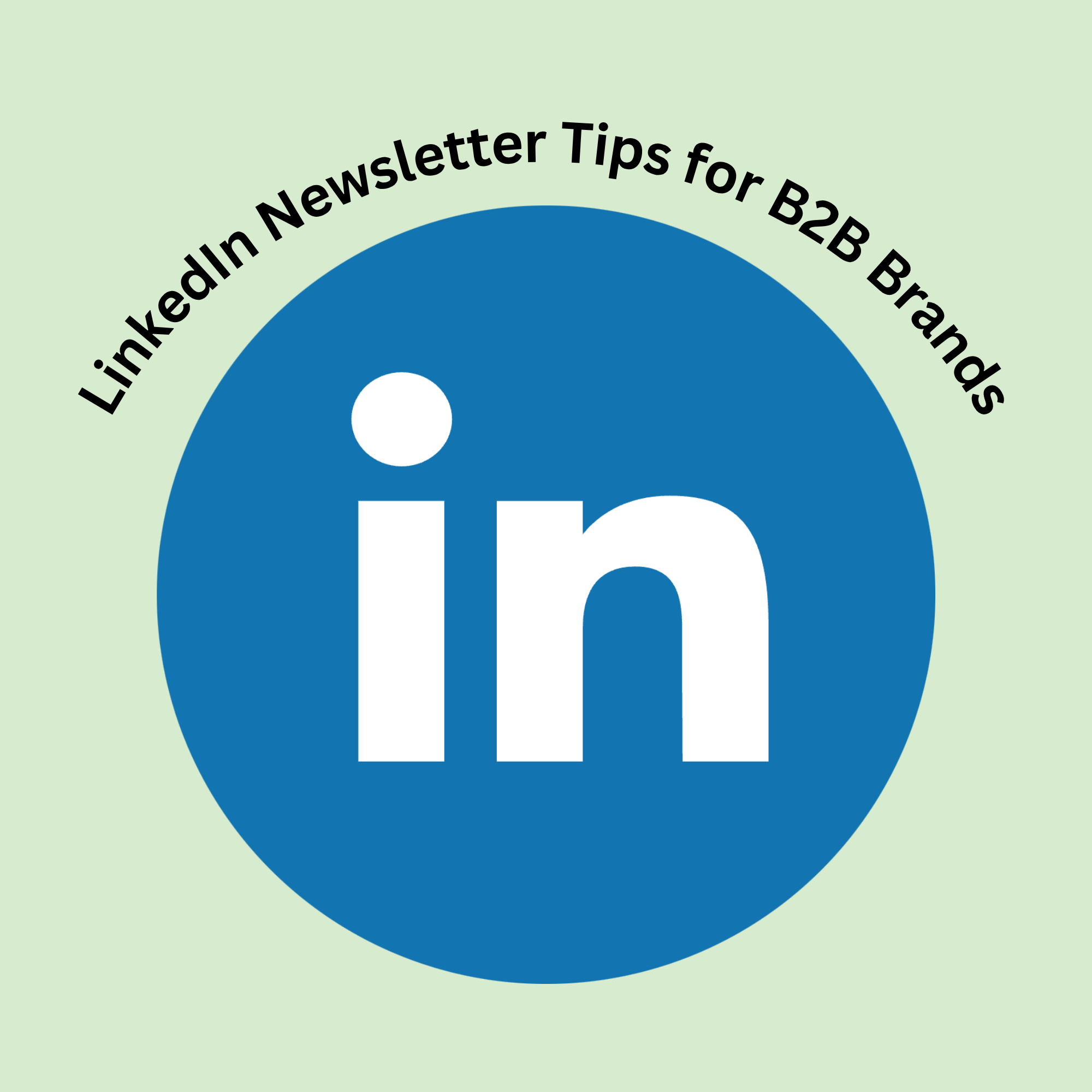At Encore360, we help B2B brands get smarter about how they show up. One thing we’ve learned? The companies that earn the most trust aren’t just selling, they’re publishing. That’s at the core of what we call “the media mindset,” showing up with useful content, consistently, in the places your audience already trusts.
And right now, one of the most effective ways to do that is through a LinkedIn newsletter. So, I wanted to share some practical tips for turning your team’s expertise into content that builds credibility, sparks connection, and positions your brand as the go-to voice in your space.
If you’re ready to stop posting at random and start publishing with purpose, here’s how to approach your LinkedIn newsletter like a content channel, not a marketing task. This is the same guidance we give our clients for building a newsletter that will actually earn attention.
Consistency has staying power. “Viral” is quickly forgotten.
In B2B marketing, consistency beats virality every time. One-off content wins might spike engagement, but they rarely build long-term credibility. That’s where newsletters offer real value. For many of our clients, content efforts have fizzled not because the insights were weak, but because there wasn’t a consistent strategy behind them. A well-run LinkedIn newsletter delivers rhythm. It shows up with relevance and reliability.
Your subject matter experts are content gold.
One of the biggest misconceptions we hear from B2B clients is: “We don’t have content.” But really, most of them are sitting on a goldmine of insight – they just don’t recognize it as publishable. Internal subject matter experts like owners, head growers, and technical leads often have the clearest view of customer challenges. With the right guidance, they make some of the best newsletter contributors.
Try this: Don’t have marketing write your newsletter alone. Have technical leaders explain their day-to-day problems in plain English. Get their input on solutions. That kind of authenticity builds trust fast, and it’s exactly what your audience wants more of.
View your newsletter as a business tool.
A well-executed newsletter does more than support your marketing goals, it quietly powers sales, partnerships, and even recruitment. For B2B companies, especially those in high-consideration industries, it’s a strategic asset. We’ve seen clients use newsletters to keep the conversation going after events, build credibility with new partners, and develop trust in cold prospects. It’s a way to show your thinking before you ever make a pitch. A good newsletter helps you close the deal before the first call even happens.
Most B2B companies don’t have a visibility problem – they have a clarity problem.
Newsletters are one of the most effective tools for simplifying complex topics. Whether it’s a horticulture client explaining growing cycles or a water management company breaking down PFAS regulations, often these topics need more room than a social post, but less formality than a white paper. A newsletter strikes that balance. It gives your audience the context they need without overwhelming them. We’ve seen newsletters work best when they act like a translator, helping your audience quickly grasp why something matters.
If it’s worth emailing to a client, it’s worth putting in your newsletter.
One of the most practical ways to approach a newsletter is this: if it’s worth telling a client, it’s worth sharing with your larger audience. B2B companies often underestimate how much valuable content they’re already creating in one-on-one conversations. Newsletters offer a way to scale that knowledge: to turn recurring questions, client emails, and internal explanations into efficient, thoughtful content. You don’t need to invent ideas for your newsletter. Just pay attention to what your clients are already asking.
A LinkedIn newsletter gives B2B companies editorial control on a rented platform.
It often feels like the “almighty algorithm” is working against you. Newsletters give B2B companies something increasingly rare: editorial control. While social feeds prioritize what’s trending or sponsored, a newsletter allows you to publish on your own terms and build a searchable, ownable archive of your thinking. Your newsletter is the part of LinkedIn you control.
Newsletters are a chance to show your audience what your brand knows, believes, and delivers. When done right, they build trust over time, create a cadence for sharing expertise, and set the tone for everything else you publish.
At Encore360, we help B2B brands turn internal knowledge into content systems that work, and LinkedIn newsletters are one of the smartest places to start. If your team is ready to lead with insight, don’t wait for the algorithm. Build something worth subscribing to.
